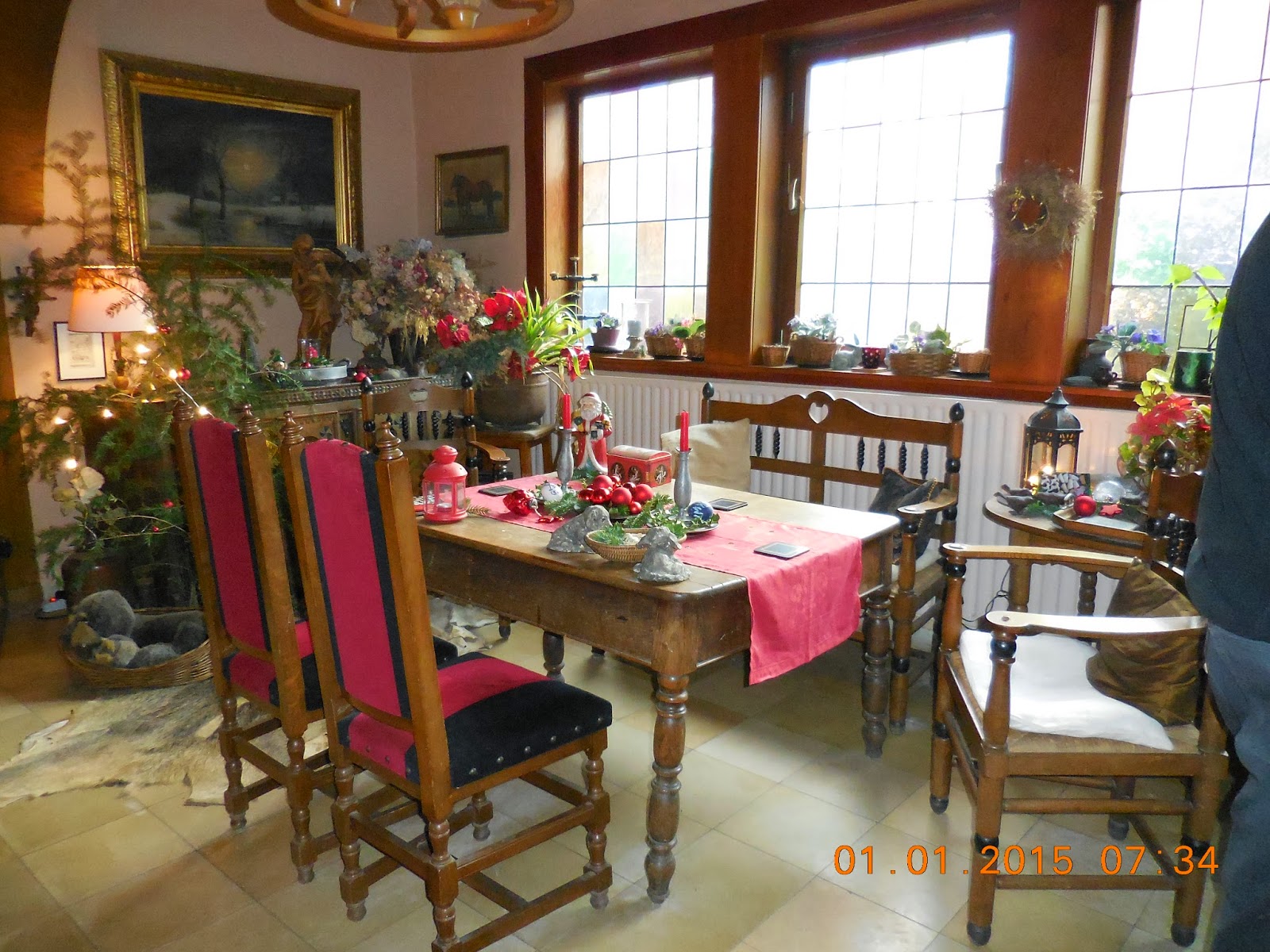We saw all the sights, ate schnitzel with noodles, window-shopped, went to a violin recital, even discovered some new kuchen places, including this one that I’ve been wanting to go to. I’ve been longing to sit in the big red sofas in the window of Confiteria Czudaj (which I assume is Czech). It was a serendipitous day: when we walked past this place to check it out, the big red couches were vacant (hooray!) so we went in and sat in them. This place turned out to be a real gem: they have a kitchen downstairs where they bake their beautiful confections on the spot.
And they have a lot to choose from in the kuchen case.
I had the kåse-kirsch (cheese cherry) torte, Gary had a wonderful apfel strudel mit eis (ice cream), and Mary had a mandel-halbmond (almond crescent) with its ends dipped in chocolate.
This morning, we walked to Hartengrube, and to our joy, it was apparent that this particular strasse was still intact. A few of the buildings have changed -- or maybe Heinrich took some artistic license -- but this is the scene!
It’s still January, but this blooming forsythia in front of a house along An Der Obertrave has given us hope that spring is “just around the corner," just like everything else in Lübeck.




















































